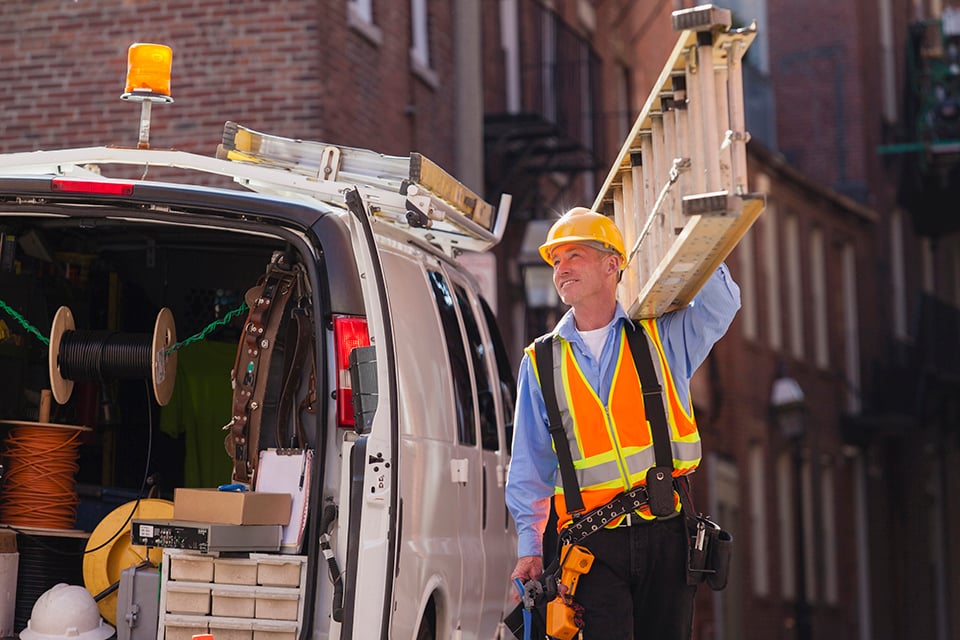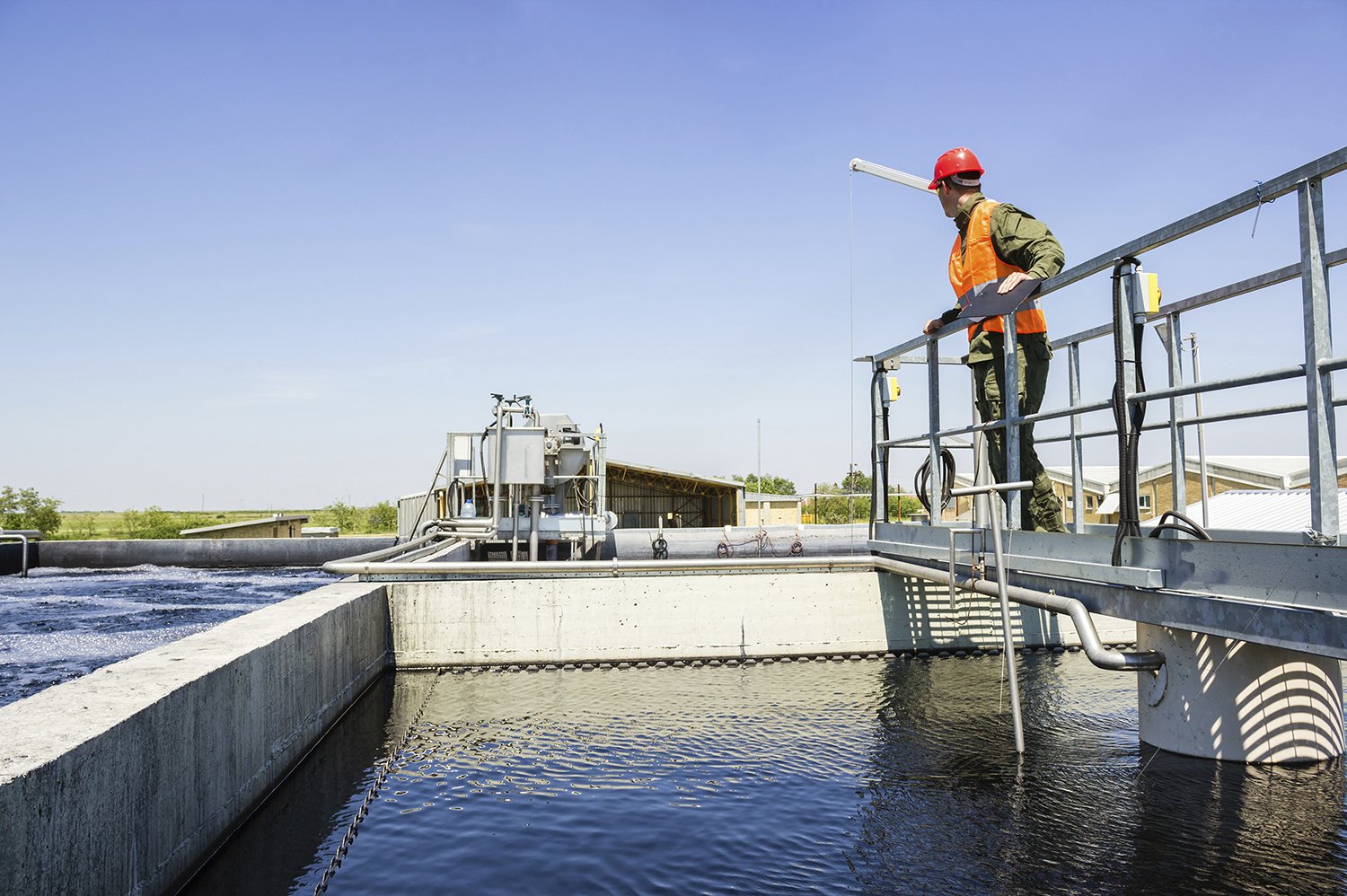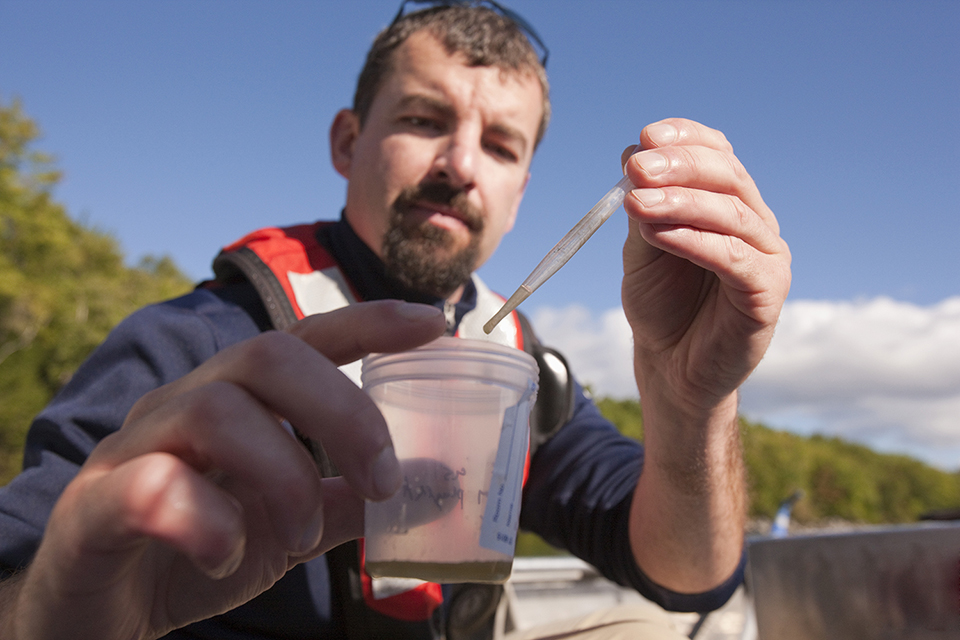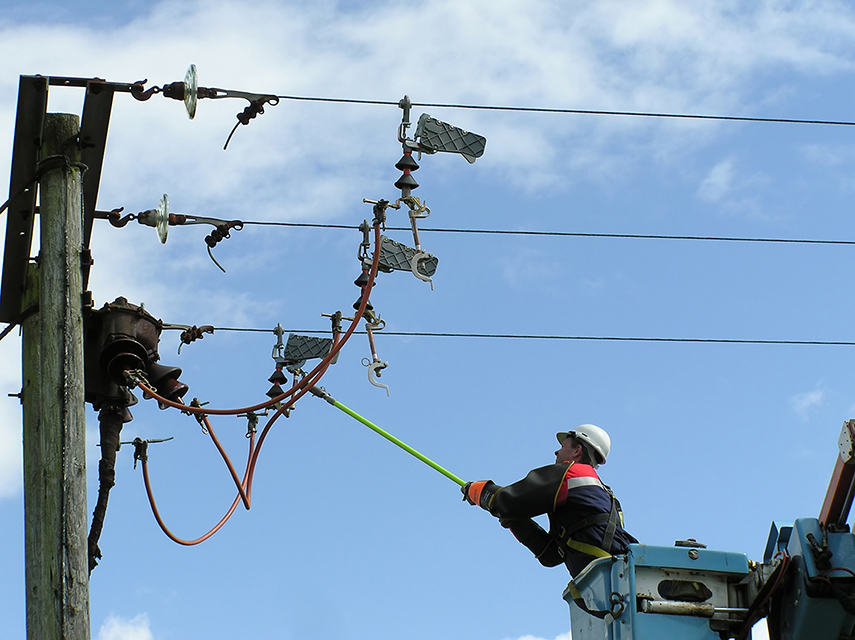Blackline Safety is a technology leader driving innovation in the industrial workforce through IoT (Internet of Things). With connected safety devices and predictive analytics, Blackline enables companies to drive towards zero safety incidents and improved operational performance. Blackline provides wearable devices, personal and area gas monitoring, cloud-connected software and data analytics to meet demanding safety challenges and enhance overall productivity for organizations with coverage in more than 100 countries. Armed with cellular and satellite connectivity, Blackline provides a lifeline to tens of thousands of people, having reported over 200 billion data-points and initiated over seven million emergency alerts. For more information, visit BlacklineSafety.com and connect with us on Facebook, Twitter, LinkedIn and Instagram.
Identifying Lone Workers: When Lone Doesn’t Mean Alone—Outdoors
Blackline Safety, Leader in Connected Gas Detection & Lone Worker Safety
June 11, 2015
Many in the industry do not consider employees working outdoors but potentially nearby others as lone workers—but some of the most dangerous working conditions for your employees are outdoors, when they’re out of sight and sound from others.
Working in isolation is common across multiple industries, and when work duties call employees away from their colleagues, lives are at risk if a safety accident, injury or physical assault occurs. Do you have the right procedures in place to send an emergency response to your team when an incident occurs?
To get the job done, your employees work long hours—often in high-risk environments with unpredictable elements that require an utmost attention to detail. Let’s explore some of the most dangerous outdoor situations facing your employees and how you can ensure their safety, regardless of location.
Working Outdoors—Awareness is Key

Lone workers are just as prone to risks outdoors as they are while driving or working in remote locations—whether high in the sky on scaffolding or excavating—sometimes a hard hat just isn’t enough.
Conducting operations at construction sites, outdoor pumps, camps and high voltage electrical sites can be hazardous. While you may have robust safety policies in place for your teams, are you factoring all of the risks your employees may face outdoors?
Hazards Lone Workers Face Outdoors
Regardless of where an employee is located outdoors, workers in a variety of industries can be challenged by the elements they face and equipment they use to complete their work.
Engineering & Construction

Construction, one of the most dangerous industries to work in, poses many risks in outdoor environments. From site supervisors and foreman to operators and architects, you are responsible for the safety and well being of all of your employees. Your teams may work on-site thereby becoming prone to the “fatal four” hazards in the construction industry—falls, caught between objects, electrocutions and struck by objects.
For structural engineers, site superintendents and foreman, working in an environment with many moving parts, employees use heavy-duty equipment and materials to get the job done. In 2013, the Occupational Safety and Health Administration (OSHA) in the United States reported 20 percent of occupational fatalities were in construction, and the UK’s Health & Safety Executive reported 31 percent of workplace fatalities were also construction-related.
Thousands of incidents occur annually that put construction workers on short and long-term disability—many are never able to work again due to their injuries.
Oil & Gas

This is the case in Oil & Gas, Natural Resources and Utilities sectors as well. From geologists and land surveyors to loggers and miners, even electrical engineers risk their lives everyday, working in dangerous environments outside.
Development and preservation of the environment are primary objectives for organizations in Natural Resources—your job is to protect your employees from dust and chemical inhalation every day, even when working outdoors. And geologists, land surveyors, inspectors, loggers and miners work outdoors too.
The Mine Safety and Health Administration (MSHA) in the United States has already reported 10 worker fatalities in coal, metal and non-metal mining for the first three months of 2015. The International Labor Organization (ILO) reports that mining remains the most hazardous occupation in the world.
Utilities

Your teams often work alone for extended periods of time up high on power lines. Working with high voltage power lines and equipment can be hazardous.
According to the Electrical Safety Foundation International (ESFI), electrical-related incidents are the No. 1 cause of workplace fatalities in this industry. A study published by the National Safety Council in the United States reports hundreds of workplace fatalities and thousands of injuries occur each year due to electrical hazards alone.
Further, incidents occur in other utility industries with outdoor operations, including water and natural gas sectors—often resulting with workers on disability, and sometimes these incidents are fatal.
Get up to date on workplace safety legislation, technology and best practices in our latest eBook, “The Modern Safety Director’s Guide to Employee Safety Monitoring.”
Stay tuned as we explore Lone Workers in Driving Scenarios, the fourth post of six in this series, coming soon. Subscribe using the form on the right so you never miss a post!
Get In Touch
Let’s start a discussion about your safety challenges and needs.
Related Blog Posts
Real-Life Incident: Mason’s Story — High H2S Exposure
November 25, 2025
“Shortness of breath. Request EMS to the location.” How Real-Time Gas Detection Led to a Quick Save Exposure to toxic gases can go from a strange...
Real-Life Incident: Gerry’s Story: Alone in the Boiler Room With CO
October 21, 2025
When a routine patrol became a potential gas poisoning tragedy, quick action and life-saving technology made all the difference. It was a routine...
Real-Life Incident: Brian’s Story - Containing a Texas Brush Fire
August 26, 2025
How quick action stopped a blaze from spreading, safeguarding nearby neighborhoods In a farming community in rural Texas with a population fewer...


